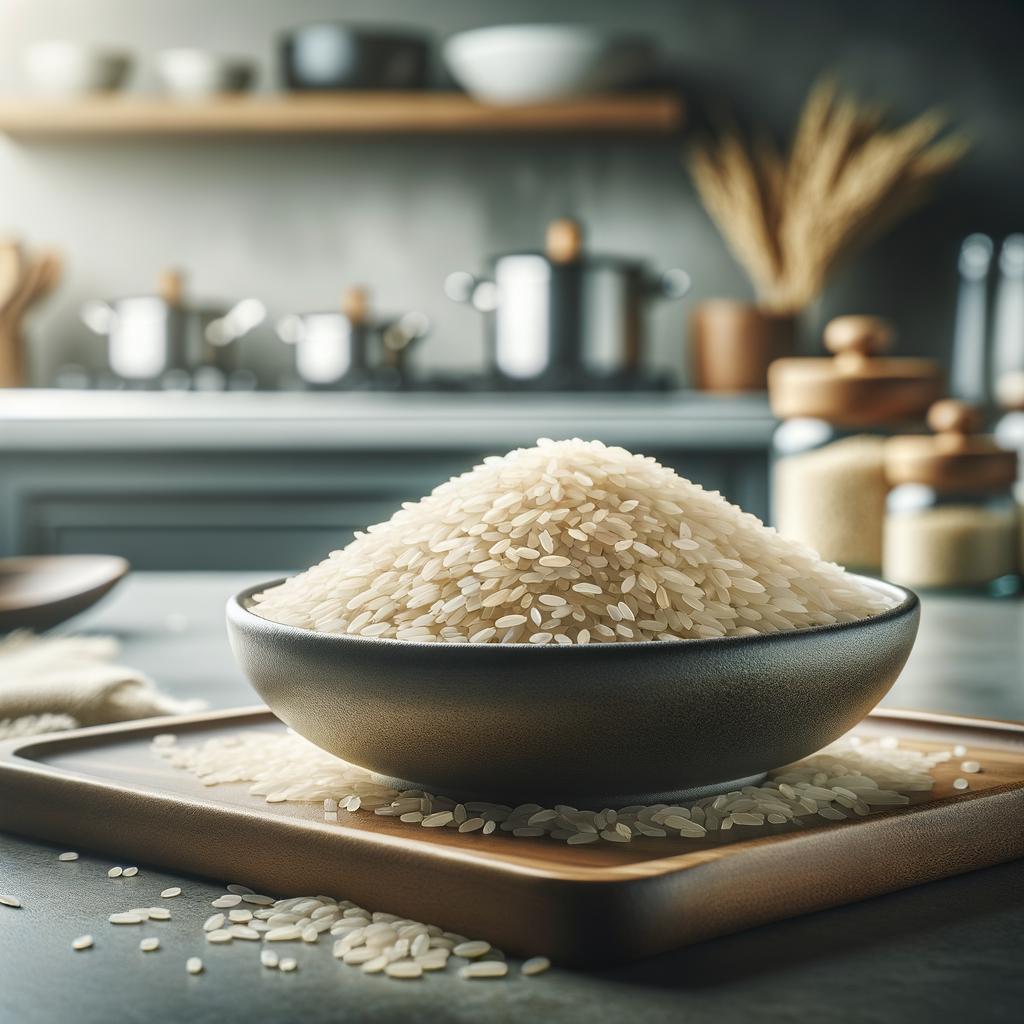Koji Rice

Description
Koji rice, also known as Aspergillus oryzae, is a beloved ingredient that hails from the heart of Japan. This unique rice is not your average grain. It's a special type of rice that has been inoculated with a specific mold, giving it a unique, snow-like appearance. The texture of koji rice is soft yet crumbly, almost akin to a delicate cheese. As for its flavor, koji rice has a subtle sweetness that's balanced by a deep, umami richness, making it a truly multifaceted ingredient. The magic of koji rice lies in its transformative powers. This humble grain is the secret behind the depth and complexity of flavors in many Japanese fermented foods.
Primary Uses
Koji rice is the backbone of many iconic Japanese dishes. It's used to make sake, miso, soy sauce, and amazake, to name a few. Its role in these dishes is to kickstart the fermentation process, breaking down the starches and proteins into simpler, flavorful compounds. In addition to its culinary uses, koji rice also holds a significant place in Japanese culture, representing the tradition of fermentation and the art of patience.
History
The history of koji rice is as rich and complex as its flavor. It's believed to have been used in Japan for over 2,000 years, making it an integral part of the country's culinary heritage. The use of koji rice was first documented in the Yayoi period (300 BC to 300 AD), where it was used to make sake. Over time, its use expanded into other areas of Japanese cuisine, and it became the cornerstone of umami-rich fermented foods. There are also tales of samurai carrying koji rice on their journeys, using it to make quick meals by adding it to rice with a bit of water.
Nutritional Information
Koji rice is not just a flavor powerhouse, but it also boasts an impressive nutritional profile. It's rich in enzymes, including protease and amylase, which aid in digestion. It also contains essential amino acids, vitamins B and K, and minerals such as manganese and magnesium. Additionally, the fermentation process enhances the bioavailability of these nutrients, making koji rice a nutritious choice. Compared to regular rice, koji rice has a lower glycemic index, making it a healthier choice for those monitoring their blood sugar levels.
In essence, koji rice is a testament to the beauty of fermentation, a bridge between culinary art and science, and a tribute to the patience and wisdom of our ancestors. It's more than just an ingredient; it's a piece of history, a cultural symbol, and a nourishing food that continues to delight palates around the world.

